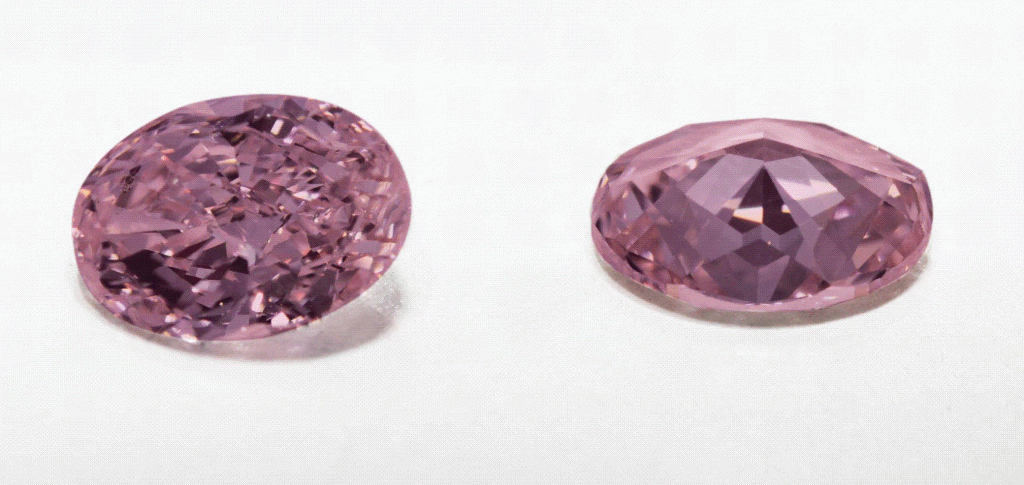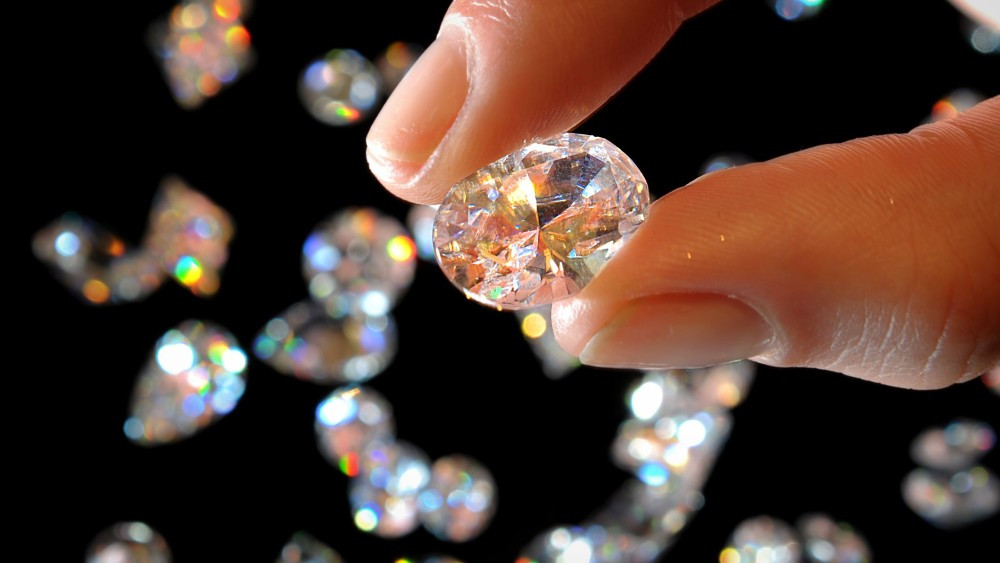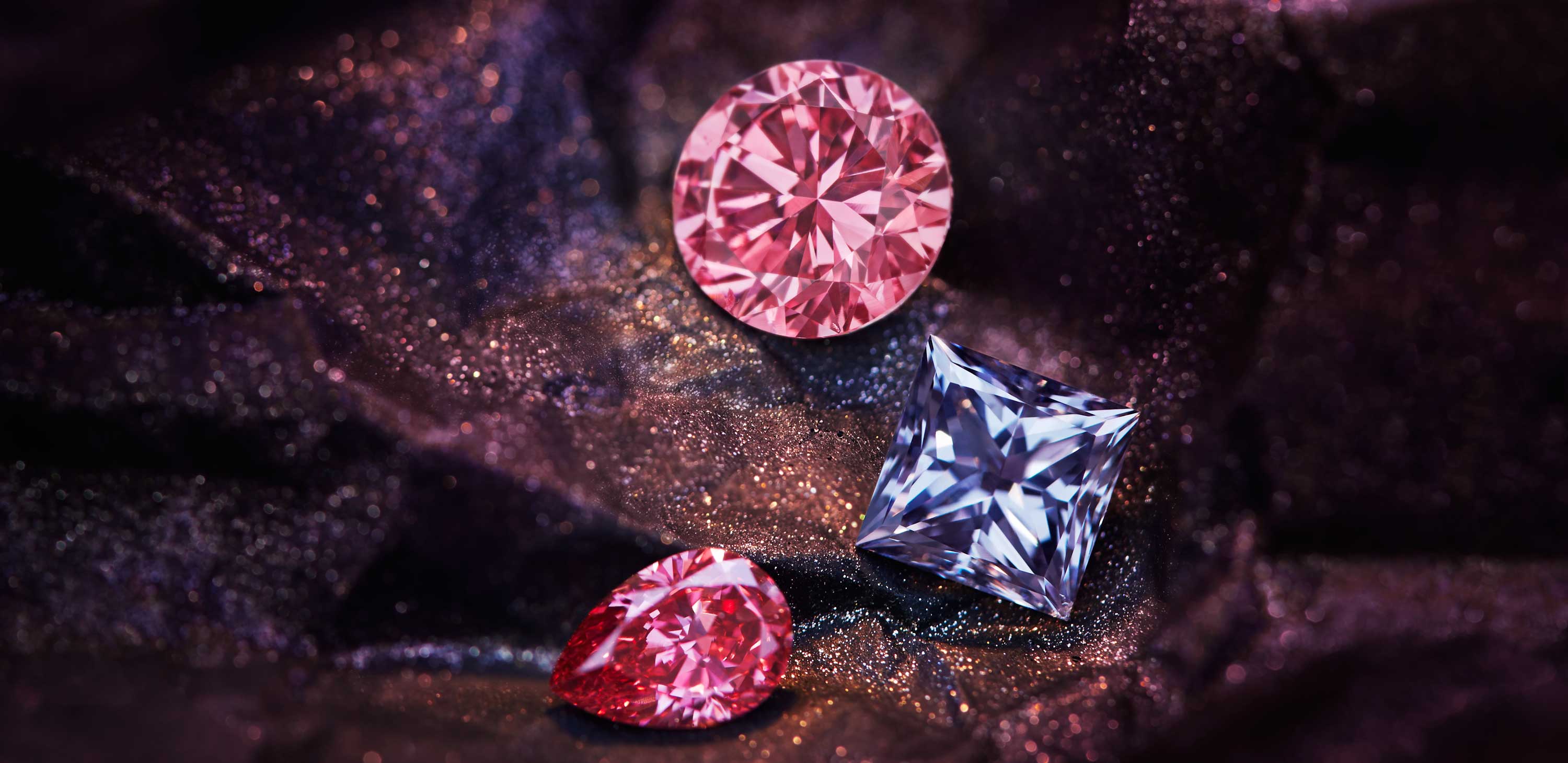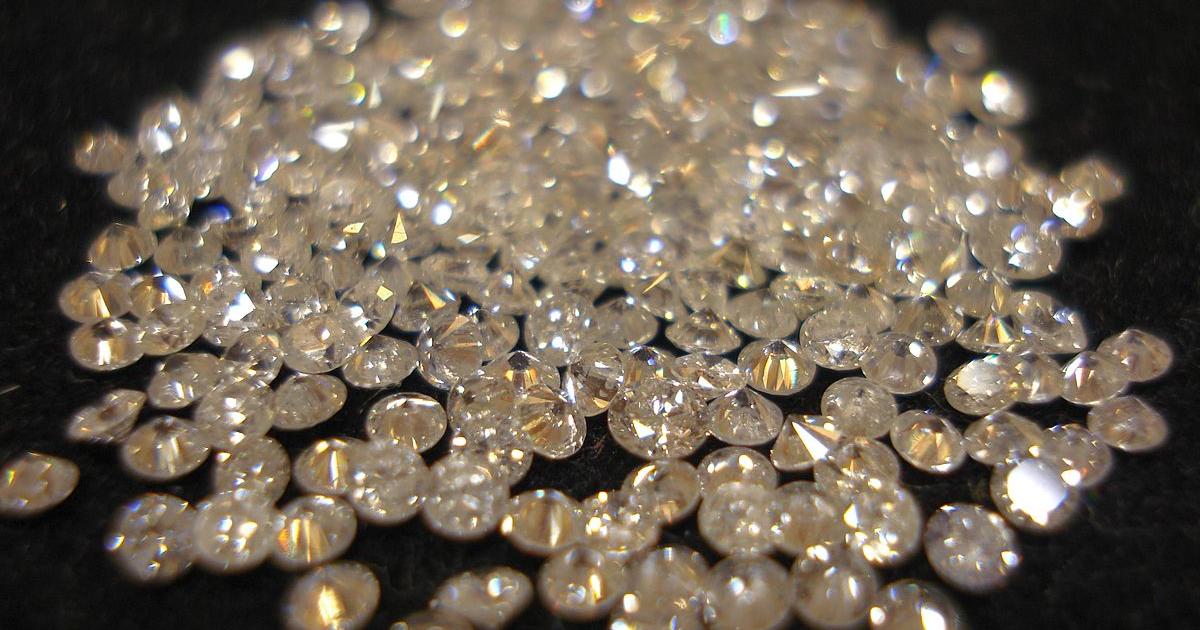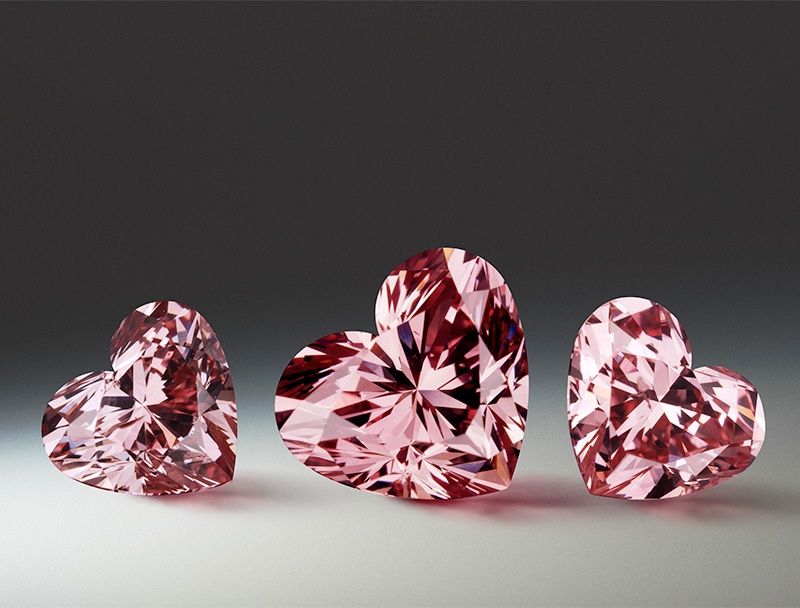Investing in diamonds has long been seen as a symbol of prestige and wealth. Traditionally, natural diamonds mined from the earth have held the highest value and allure. However, with advancements in technology and growing environmental concerns, lab-grown diamonds are emerging as a sustainable and financially viable alternative.
In this article, we will explore the value proposition of lab-grown diamonds, understand their pricing dynamics, analyze future trends, highlight their sustainability advantages, debunk misconceptions surrounding them, identify key players in the industry, provide tips for successful investment, and ultimately make a case for why investing in lab-grown diamonds is a smart choice for investors.
The Value Proposition of Laboratory-Grown Diamonds
Lab-grown diamonds offer a compelling value proposition that makes them an increasingly attractive option for consumers. These diamonds possess the same physical properties as natural diamonds, yet they are created in controlled laboratory conditions.
This ensures consistent quality and eliminates concerns regarding unethical mining practices or conflict diamonds.
One of the key advantages of lab-grown diamonds is their affordability. Due to lower production costs and greater supply control, lab-grown diamonds are significantly more budget-friendly compared to their mined counterparts.
This accessibility opens up new possibilities for consumers who may have previously been unable to afford a diamond of their desired size or quality.
In addition to being more affordable, lab-grown diamonds also offer exceptional clarity and color options. These characteristics can be rare or expensive in mined diamonds, making lab-grown alternatives an appealing choice for those seeking a specific aesthetic or design.
With a wide range of colors and clarities available, consumers have the opportunity to select a diamond that perfectly matches their preferences.
Addressing common misconceptions about lab-grown diamonds is crucial in understanding their value proposition. Misconceptions often arise from limited knowledge or outdated information, leading some to believe that lab-grown diamonds are not genuine or lack the same chemical composition as natural ones.
However, it’s important to emphasize that lab-grown diamonds are indeed real diamonds with identical chemical compositions to those found in nature. They undergo rigorous testing and grading processes to ensure their authenticity and maintain industry standards.
By exploring the benefits and advantages of lab-grown diamonds and comparing their value proposition to mined ones, it becomes clear that these man-made gems offer a compelling alternative for consumers.
From affordability and consistent quality to exceptional clarity and color options, lab-grown diamonds provide an attractive investment opportunity without compromising on beauty or ethical considerations.
The Price You Pay: Understanding Lab-Grown Diamond Prices
Lab-grown diamonds have transformed the jewelry industry with their affordability and unique characteristics. Factors such as production costs and market demand influence their pricing. Compared to natural diamonds, lab-grown diamonds can be up to 40% more affordable, allowing investors to acquire larger or higher-quality gems for their portfolios.
Determining the true value of a lab-grown diamond involves considering quality, certification, brand reputation, and market trends alongside price alone. Thorough research and expert consultation are crucial for making informed investment decisions in this evolving market.
The Future of Diamond Prices: Trends and Projections
The future of diamond prices is an important topic for investors and industry experts. Understanding current market trends is crucial for accurate predictions. The increasing popularity of lab-grown diamonds among millennials and environmentally conscious consumers has disrupted the traditional diamond industry, impacting future price dynamics.
The projected growth of the lab-grown diamond industry indicates promising returns on investments, driven by technological advancements and increased consumer acceptance.
Anticipating future developments such as regulatory changes, synthetic diamond technology advancements, shifting consumer demands, and macroeconomic influences can all impact diamond prices. Staying informed and adaptable is key to maximizing investment returns in this ever-evolving market.
Laboratory Diamonds: A Sustainable Alternative to Mined Diamonds
Investing in lab-grown diamonds is a sustainable and ethical choice. These diamonds, created in laboratories, offer significant environmental benefits. Lab-grown diamonds have a lower carbon footprint, require minimal water usage, and eliminate the destructive impact of mining activities on ecosystems.
In addition to their environmental advantages, lab-grown diamonds address ethical concerns associated with traditional diamond mining. They avoid supporting conflict or blood diamonds and provide transparent supply chains, allowing investors to trace the origin of their investment.
Lab-grown diamonds are not only a responsible choice but also shape the future of sustainable and ethical diamond consumption. By opting for these diamonds, consumers can support a more eco-friendly and socially responsible diamond industry.
Debunking the Misconception: “But Someone Told Me Lab-Grown Diamonds Are Worthless?”
Lab-grown diamonds are often subject to misconceptions, with some individuals assuming that they have little to no value compared to their natural counterparts. However, this notion couldn’t be further from the truth. In fact, lab-grown diamonds possess exceptional quality, beauty, and durability that are on par with natural diamonds.
One of the primary concerns raised by skeptics is the perceived difference in quality between lab-grown and natural diamonds. It’s important to note that lab-grown diamonds undergo the same cutting and polishing processes as their natural counterparts.
This meticulous craftsmanship ensures that lab-grown diamonds achieve stunning brilliance and display comparable optical properties. With advancements in technology, manufacturers can now create high-quality lab-grown diamonds that are virtually indistinguishable from natural ones.
Another misconception surrounding lab-grown diamonds revolves around their resale value and long-term worth. Contrary to popular belief, lab-grown diamonds hold resale value similar to natural diamonds when sold through reputable channels.
As consumer acceptance of lab-grown diamonds grows and market demand increases, their long-term worth is expected to appreciate steadily. Therefore, investing in a lab-grown diamond can provide both aesthetic pleasure and potential financial returns.
Consumer perception toward lab-grown diamonds has been rapidly evolving in recent years. This shift is due in part to endorsements by celebrities who are advocating for sustainable alternatives in the jewelry industry.
Additionally, increased awareness about the advantages of lab-grown diamonds has contributed to more people embracing them as desirable pieces of jewelry or investment assets.
Key Players in Lab-Grown Diamond Industry: Pioneers, Innovators, & Leaders
The lab-grown diamond industry has seen the emergence of several pioneering and innovative companies that have played a significant role in shaping the market.
These companies, such as Diamond Foundry, MiaDonna, and Scio Diamond Technology Corporation, have made remarkable contributions through their advanced techniques, commitment to sustainability, and exceptional customer service.
Staying updated on emerging trends and innovations within the industry is crucial for investors to identify growth opportunities and maximize their returns. With advancements in cutting techniques, color options, and sizes, continuous improvements are being made in the lab-grown diamond market.
Tips for Successful Investment in Lab-Grown Diamonds
To succeed in investing in lab-grown diamonds, it’s crucial to educate yourself about the industry and market dynamics. Understand production processes, grading standards, consumer preferences, and regulations to make informed decisions.
Diversify your portfolio to manage risks effectively by including lab-grown diamonds alongside other investments. Seek advice from industry experts for valuable insights on reputable suppliers, quality parameters, market trends, and investment opportunities aligned with your goals.
Stay updated through conferences, networking events, and relevant publications. Approach investments with a long-term perspective for sustainable returns.
Embracing the Future of Diamond Investing with Lab-Grown Diamonds
Investing in lab-grown diamonds offers a compelling value proposition. These sustainable alternatives possess the same quality and beauty as natural diamonds while being more affordable and ethical.
With projected growth, increasing consumer acceptance, and evolving industry trends, lab-grown diamonds are a smart choice for investors seeking to stay ahead. By educating yourself, diversifying your portfolio, and seeking expert advice, you can capitalize on this emerging market opportunity.
Lab-grown diamonds contribute to a more sustainable and responsible approach in the diamond industry. They address environmental concerns and human rights issues associated with traditional diamond extraction. As consumers demand transparency and sustainability, investing in these cultured gems aligns with current societal values.
To succeed in this market, educate yourself about lab-grown diamonds’ characteristics and compare them to natural ones. Diversify your portfolio by including lab-grown diamonds to mitigate risks and take advantage of potential growth. Seek expert advice to gain insights into market trends and investment strategies specific to these gems.
[lyte id=’dwJn5XXZLkA’]
